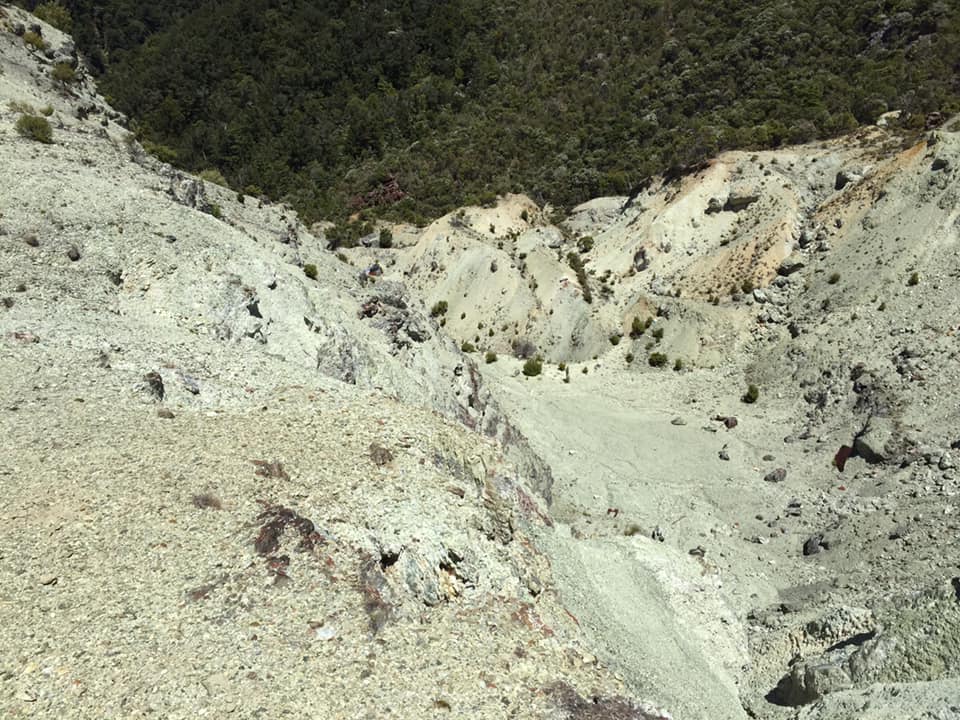History: Tākaka’s asbestos deposits a valuable commodity - Part 1

Asbestos deposits. Photo: Supplied.
BY ROBYN PARKES
In the 1890’s, reports of asbestos deposits in Upper Tākaka raised hopes that it could become a valuable commodity for the district in the future.
The New Zealand Asbestos Company was formed in 1898 with the capital of £50,000 to work the deposits in the valley at the head of the Takaka river.
The asbestos product was promoted as being a commercially-viable commodity which was used in multiple items - packing steam joints in engines, fireman’s clothing and boots, sheets for the protection of firemen working at fires, aprons and gloves for furnace men, fire felt for boiler covers, roofing, lining for safes and deed boxes, mill board for non-conducting lining, safety lamps, paints, cement felts, boot soles, ropes for fire escapes, carpets and theatre drop curtains, ship building, filters for drinking water, fire hoses, asbestos tape, plaster, paint, strong rooms, surroundings for iron columns, hospital walls, electrical engineers for covering wires, steam boilers, and as a cement used to line walls and ceilings, and worked upon a wire foundation was used as a substitute for friezes and wall plaster.
In England, samples were tested by Bell’s Asbestos Company who found the samples to be of a high quality, ‘as soft as silk and as white as snow’.
However, a later report made by expert Mr Evans, believed that while it was of excellent quality there was not enough of it to warrant the company proceeding further with mining. After seeking more information, the company was placed in liquidation.
Two applications in late 1901 for prospecting licenses, each of 200 acres, were applied for by Mr W Walters, representing a wealthy southern syndicate. The locality included the land formerly held by the New Zealand Asbestos Company. Nineteen years later the Dominion Asbestos Company and the New Zealand Asbestos Supply Company were amalgamated, with Mr H Chaffey appointed as manager of the mines.
In 1935 the new Minister of Mines, P. C. Webb, reignited the interest in mining asbestos, but a major problem was the lack of proper access with a large sum of money needed to build a suitable road to the locality.
With some indecision as to whether the deposits were likely to be capable of good commercial development, it was considered that an attempt should be made to place the area in the hands of licensees who would have sufficient resources to test and exploit the field, ensuring compliance with the requirements of the Mining Act, 1926.
The first step was to bring the whole area within the control of the Mines Department by exempting it from certain provisions of the Mining Act, 1926. The Mines Department was granted a mineral prospecting warrant over a total area of 1146 acres. Applications were then invited by public advertisement for the rights, to prospect and develop the area, subject to stringent conditions, including an enforceable bond of £2000.
The harsh nature of the conditions resulted in only one application being received, that of the Hume Pipe Company, with the Government accepting the company’s offer.
